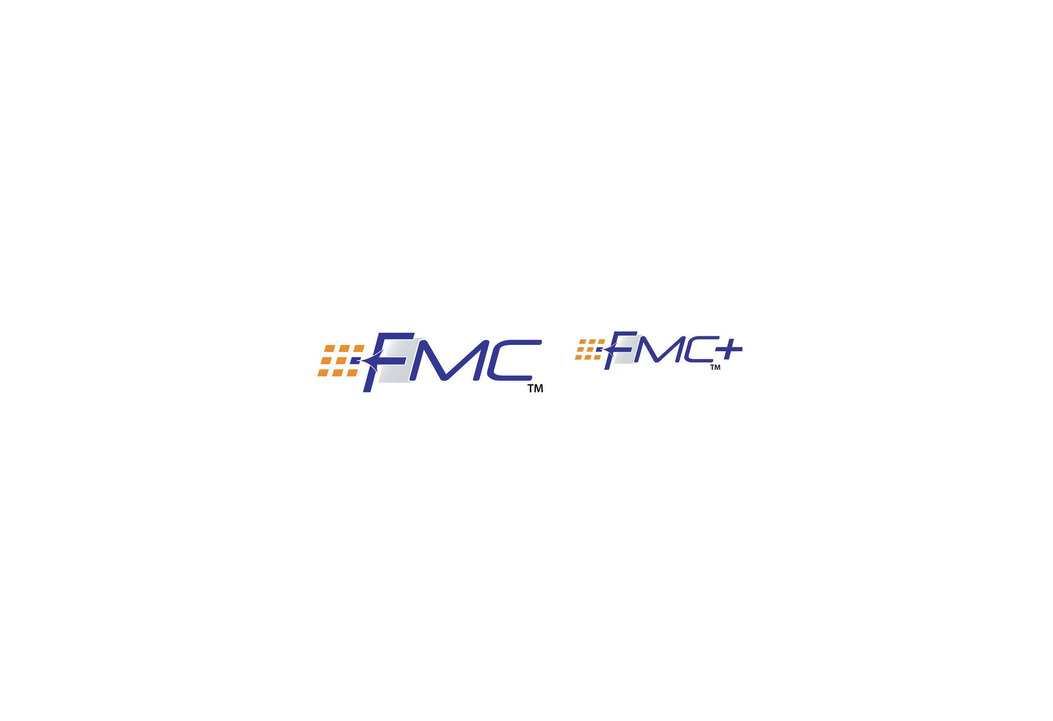The VITA 57 specification defining the FPGA Mezzanine Card (FMC) has been adopted since 2008. Today FMCs are commonly used in architectures from VPX to CompactPCI to MicroTCA and more. The versatility of the mezzanine approach allows a broad swath of acceptance in various applications.
FMCs are being used as I/O devices in all types of configurations. Since it’s an open standard, an engineer can choose the FMC that works for them among dozens of vendors. The FMCs are also used for data conversion, RF interfaces, clock generators, and other specialty purposes. An FMC for ADC is compelling in mil/aero and physics applications. They can be used across multiple subsets of the application, with the flexibility of being changed for unique requirements of an experiment or for specific applications.
The mezzanine approach of FMCs also makes it attractive in many mil/aero and research applications. The modularity of the FMCs provides a cost-effective and easy upgrade path. The FMC can simply be swapped for the interface that meets the performance level. For example, a 1.25 GSPS 10-bit FMC can be upgraded for a 2.5 GSPS version. This is achieved without having to replace the entire FPGA, and without any hardware redesign. Similarly, another advantage of FMCs is the ability to shift I/O options. For example, an FMC with dual RJ-45s (Gig E) can be upgraded to a dual QSFP+ for higher data rates. See Figure 1 for a photo of an RJ-45 Gig E FMC, an SFP+ 10 GbE FMC, and a QSFP+ 40 GbE FMC. Of course, the FPGA carrier where it resides must have the appropriate level of performance as well.
As a VITA standard, one might think of FMCs for VITA form factors such as VME and VPX. However, FMCs are widely used in MicroTCA as well. Figure 2 shows a Kintex-7 FPGA with the interconnection for an FMC per VITA 57. The FMC allows a wide range of ADC and I/O options while the FPGA processor, separate P2040 QorIQ for distributed processing, and DDR3 memory reside on the AMC. Another option for a design is choosing between the wide range of Xilinx- and Altera-based FPGAs. This is typically just a matter of the skill set of the customer’s engineering team. Both companies are moving to system on chip (SoC)-style designs that are very efficient, such as Xilinx’s Zynq. It has a nice integration between the CPU and the FPGA, making a designer’s task a little easier. The dual-core ARM processor provides a smooth development path.
The versatility of FMCs is very beneficial for many applications. They provide a cost-effective and efficient upgrade path for FPGA requirements.
Justin Moll Director of Marketing VadaTech









